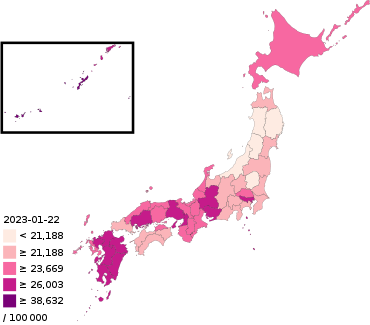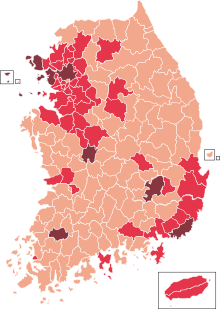Cheshire
Senior Member (Voting Rights)
28,000 Missing Deaths:
Tracking the True Toll of the Coronavirus Crisis

Tracking the True Toll of the Coronavirus Crisis

https://www.nytimes.com/interactive...missing-deaths.html?smid=tw-nytimes&smtyp=curAt least 28,000 more people have died during the coronavirus pandemic over the last month than the official Covid-19 death counts report, a review of mortality data in 11 countries shows — providing a clearer, if still incomplete, picture of the toll of the crisis.
In the last month, far more people died in these countries than in previous years, The New York Times found. The totals include deaths from Covid-19 as well as those from other causes, likely including people who could not be treated as hospitals became overwhelmed.



